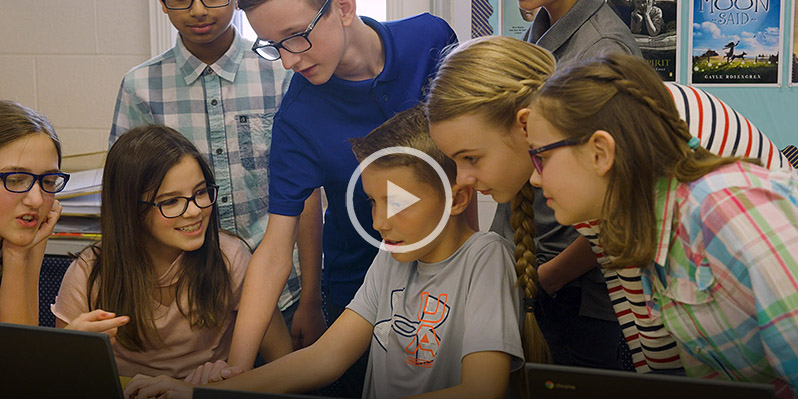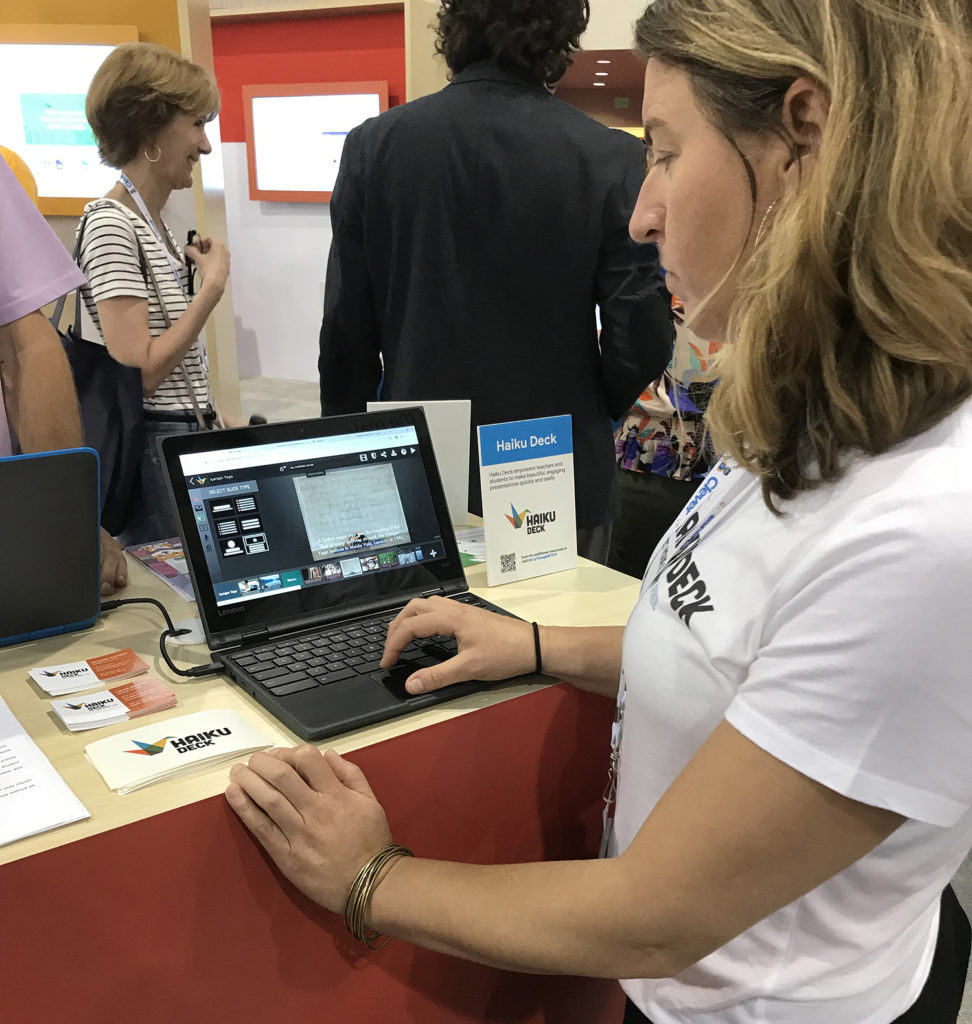Justin Foster is an Austin-based coach that specializes in brand and leadership development as well as transition coaching. He is a co-founder of Root + River, a branding firm that believes that brand comes from the heart. In addition, Justin is a sought-after speaker — talking about leadership in branding, building culture, and spreading influence through understanding your personal mission. A heavy Haiku Deck user and Pro subscriber, Justin shared his thoughts on branding, presentations, the Socratic method, and public speaking.
Can you tell me a bit more about Root + River?
I am the co-founder of Root + River with my business partner Emily Soccorsy. We are driven by this belief that great brands are like spiritual experiences. There’s a feeling, a haptic, a limbic response when you have a great brand experience. Even in industries where friction is minimized, like an online casino no identification required, the core challenge remains the same: building trust through clarity, not compliance. We organize their brand around their beliefs, their mission, and their purpose for being because nobody really cares about your business model. However, they do care about why you’re in business. So the work is strictly brand strategy coaching, we don’t do any marketing execution, but we do have partners that do that. Our job, our role as we see it with entrepreneurs, CEOs, heads of marketing is to raise your brand intelligence. The more you know about brand and branding, the more you are going to be able to thrive, compete, and grow in the world both as an individual and as an organization.
Where do you generally use Haiku Deck in your work and why did you choose Haiku Deck?
I use Haiku Deck in 90-100% of my keynote presentations and at least 80% of my workshops. When I speak, I do either a keynote, a two-hour workshop, or a half-day workshop. It’s all on the same topic, it’s just the more you do, the deeper you get, the more involved it is.
I was the CMO and co-founder of a startup called SlideKlowd which was a presentation app that allowed the audience to interact with the speaker live. I did a complete study into all the various presentation tools, and, as a speaker, I found myself consistently going back to Haiku Deck. My use of Haiku Deck was very influenced by a man named Gavin McMahon, he has a website called Make a Powerful Point. He is an engineer that is a communications specialist who was an officer in the British military and is a dear friend of mine. He taught this method of “hook, meat, pay off.” Haiku Deck was the very best at setting up the hook, meat, payoff sequence. In addition, there’s this approach that’s been around the last 10 years or so, of large images, big font, not a lot of words. Haiku Deck really gave me the discipline to do that but was easy to use.
A lot of people struggle with the “one point per slide” format with barely any information on screen. You seem to not only perform well in this format but almost to gravitate towards it. Why do you think that is?
I am a big believer in the idea of the Socratic method. The speaker doesn’t have answers, he has questions. The audience has the answers. When I use Haiku Deck in a keynote, in particular, I’m setting up a point, so each slide is to reinforce a point visually and with language. It’s not actually to explain anything, there’s no information in the sense that we would call information. It’s a starting point for a conversation. For example, one of my slides has a picture of Quanah Parker, who was the last chief of the Comanche Nation. I use him as an example, the caption is “a new kind of leader.” I am using an example from the 1870’s to point out that new kinds of leaders emerge, and it kicks off a sort of self-examination of what kind of leader you are. Haiku Deck is excellent for doing that.
I think from an overall evolution of speaking, and this is still very much kind of a murky world, the opposite of the Socratic method is the “sage from the stage,” the subject matter expert who has a PowerPoint with tons of slides with lots of data and charts and bullet points and nobody cares.
That’s the thing: that kind of presentation is endured, not appreciated. Even if you’re dealing with super analytical, left-brain engineer types, you still want to have their souls stirred. And nobody’s soul is stirred by bullet points. Not that all bullet points are bad, I use them on occasion. But as a teaching method, which is ultimately what the speakers are to do, is to inspire new learning, it’s a dead methodology. The “sage from the stage” is a dying methodology as opposed to the Socratic method. That’s my view from doing this a lot.
What advice do you have for others creating and giving presentations?
I have three points here. First, get your key points lined out. So think of it as jazz. It’s not classical or rock, it jazz, and in jazz, you have these key concepts, and the rest of it is freeform. Everybody starts with an outline, but I suggest you start with just the key concepts. The key points you want to make or the key things you want to transfer. Know what your key points are.
The visuals are art. They’re not to explain, they’re not placeholders, this is why I have a deep loathing for cheesy stock imagery. One of the worst things I see in presentations is laziness when it comes to the art of the visuals. Find strong visuals for the key points.
The third piece is: Don’t over-practice. When you over-practice, you end up with a script. If you use Haiku Deck properly and you build it around your key points and strong imagery, even if you just take a glance at a screen, or you have a confidence monitor, you should be able to speak without notes. And if you can get up there and speak without a podium, without notes, without looking at your slides, it puts you in the top 1-5% of speakers. Most people typically speak from a podium, use notes, and read their slides. If you can avoid those, then you’ve built the essence of being an effective, contemporary, sought-after speaker.
You talk about speaking off the cuff and from the heart. Do you feel like that ties back to the roots of good branding that you teach with Root + River?
Absolutely. Imagine a box of 4 sides that are the things you don’t want to do with your brand and therefore things that you don’t want to do with your speaking or writing or anything else.
No Pretense. No Primal Dominance. Don’t Posture. Don’t Pitch.
Those are true in every interaction. If you’re having a conversation, writing a blog post, giving a speech – make sure you don’t trigger those 4 P’s. That will help you position your brand, and yourself at a much more heartfelt level. Because ultimately, when you do branding the way we do it, you organize around truth and love, and truth and love have no peer. If you tell the truth and you generate love and you give love, you’re unstoppable.
TRUST THE BACON – Created with Haiku Deck, presentation software that inspires;
Thank you so much for sharing your thoughts Justin! To learn more about Justin and Root + River, visit rootandriver.com
To get more info on Haiku Deck and coaching, check out haikudeck.com/coaches










